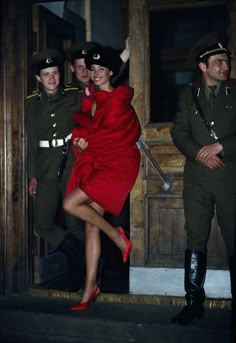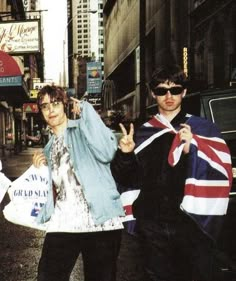My final project is one I am passionate about but I also think it important for others to learn and understand. Having the term ‘union’ as the exam brief caused me to think about how I define the word, at first I thought politics. However quickly moved onto the idea of the union of man and land. A union we all rely on, under documented and misunderstood. Farming. As humans we could not live without the resources farmers provide, working endlessly with very little true understanding and appreciation for their work. Following this I liked the idea of focusing on one farmer, one who still uses the traditional methods and very little technology, in a way he is closer to the land listening to its cues rather than taking a modern approach. This is tricky in a modern world, reliant on technology and uncertainty but still, he remains a constant understanding working with the land not just taking from it. To start the project I want to look at art movements like romanticism and Impressionism both look to create beautiful scenes causing big emotional moments for the viewer. I like the idea of showing the vast landscapes and creating beautiful photos, I also want to include a documentary photography style. Linking the land to the farmer, the farmer to the land. To humanise the farmer I will include snippets of his life, his work, his thoughts and stories. I find many photographers who have looked at farming before don’t focus on the farmer so much as the industry. I want to capture the union between a farmer and his lifestyle, it’s tricky to separate the two instead capturing the skills, passion and raw depth of this lifestyle on an individual. One who has chosen to not progress to current technology instead utilising a lifetime of knowledge and experience. Within the impressionist movement the artists use bright colours as a constant throughout their work, capturing a scene through small details. Similarly in my work I will pull colours together throughout the shoots, from the red of the particular tractor brand the farmer uses, to smaller less noticeable elements. Highlighting the small parts of a bigger story. Using the contrast of the colours will highlight the harshness of the lifestyle it is brutal but equally one of the most fulfilling life’s you could live.
Statement of Intent
Mood board
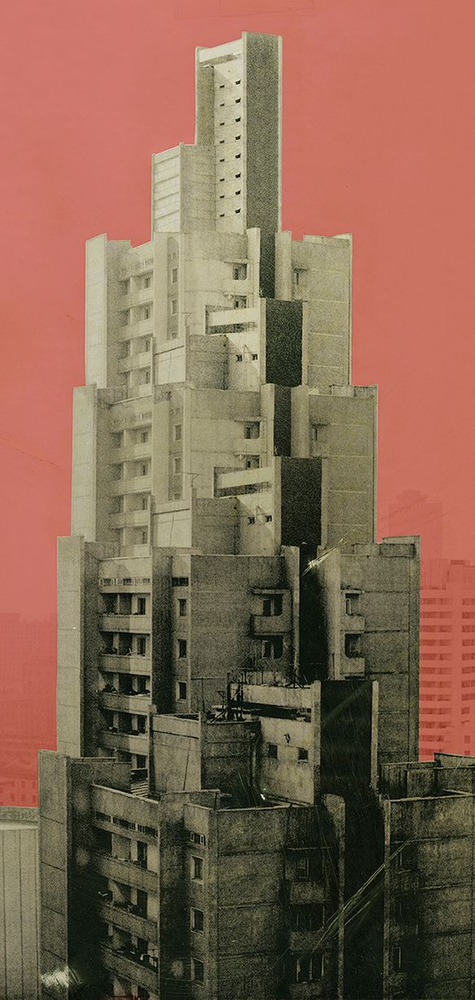
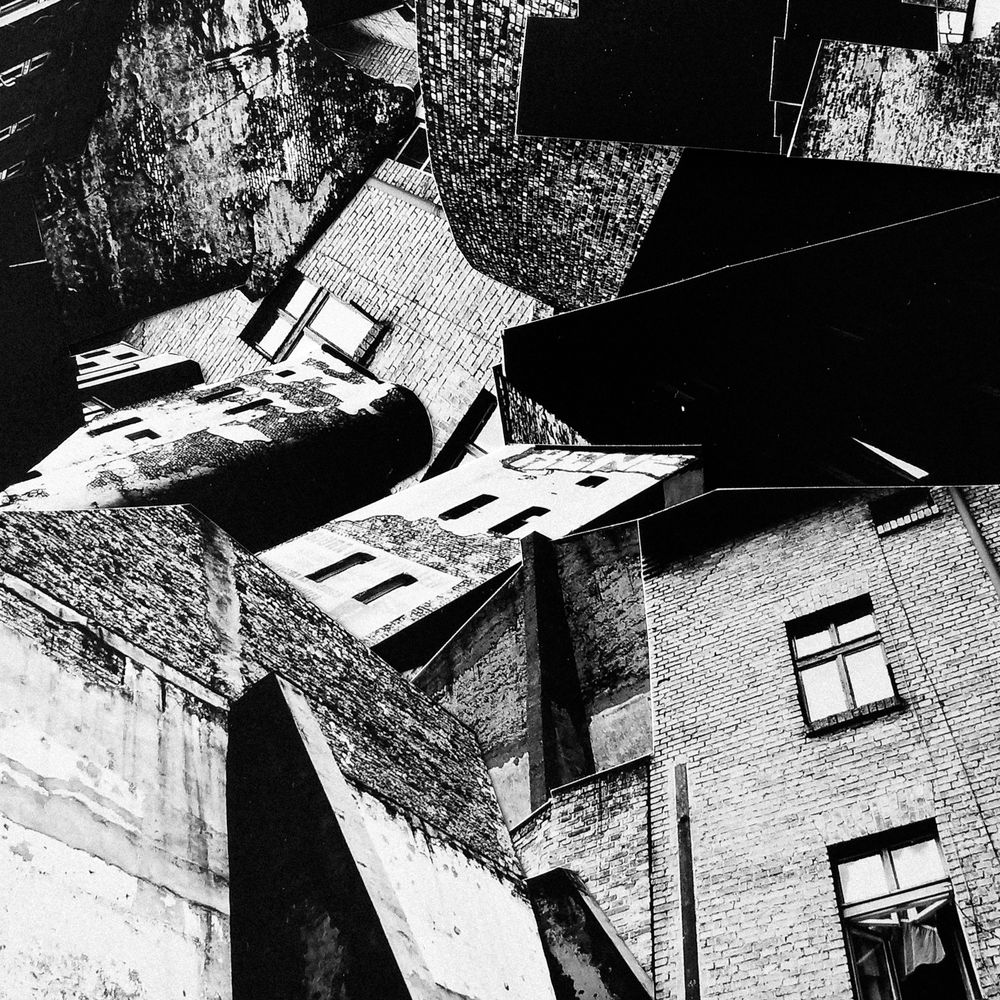
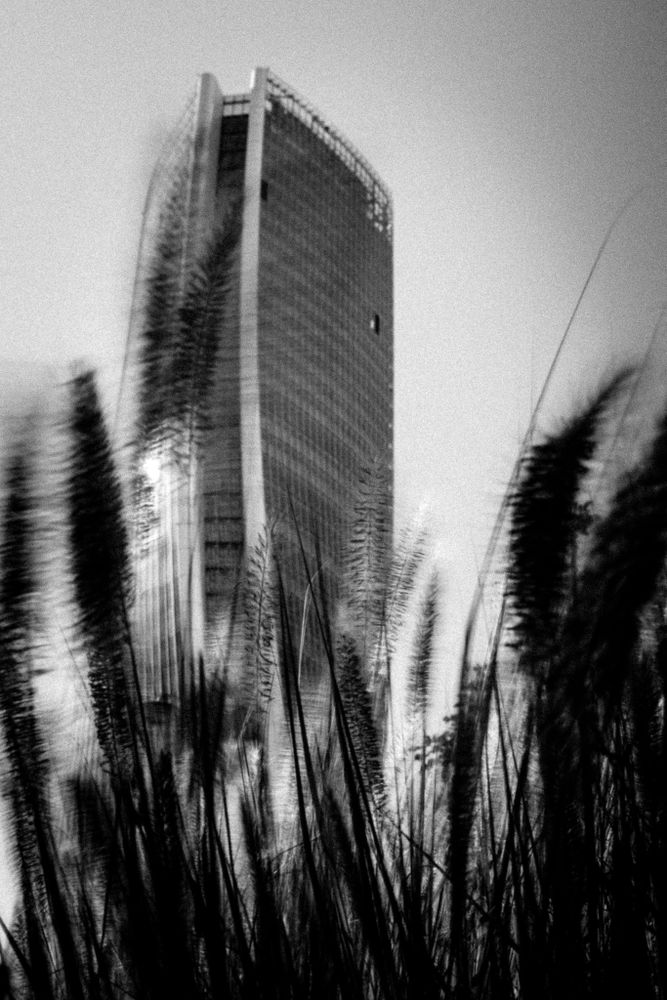


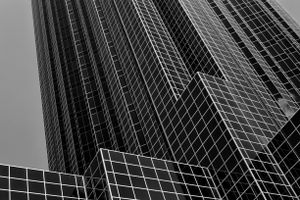


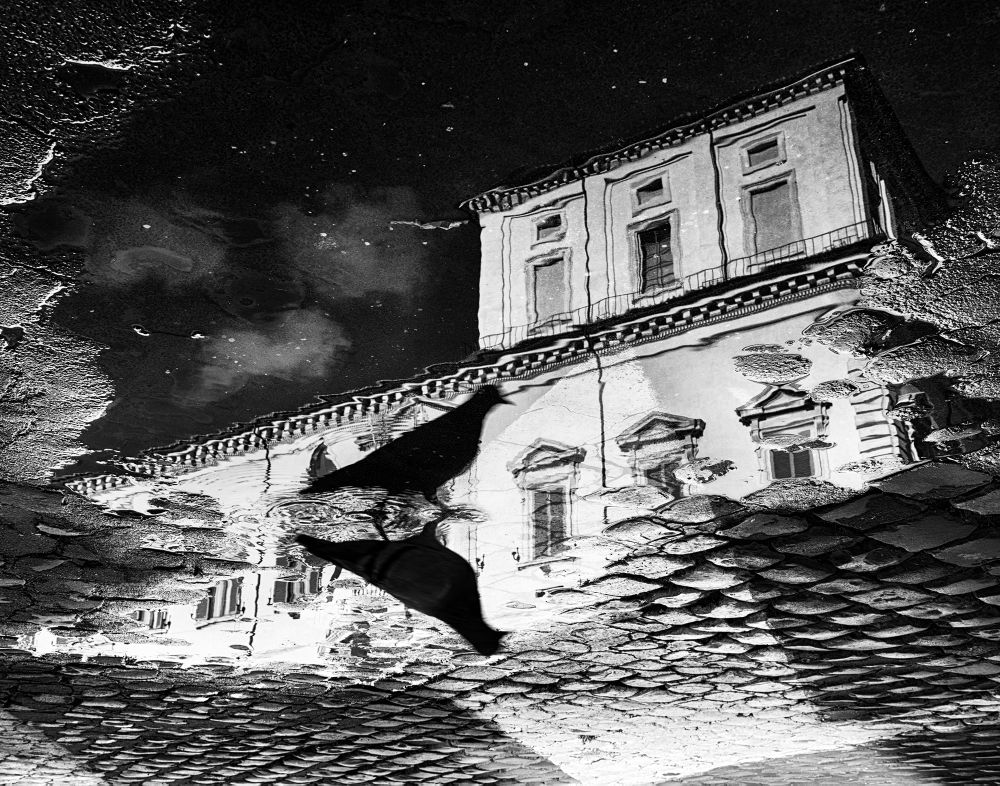
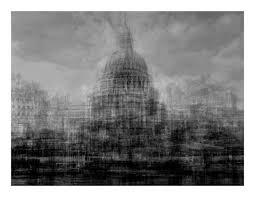
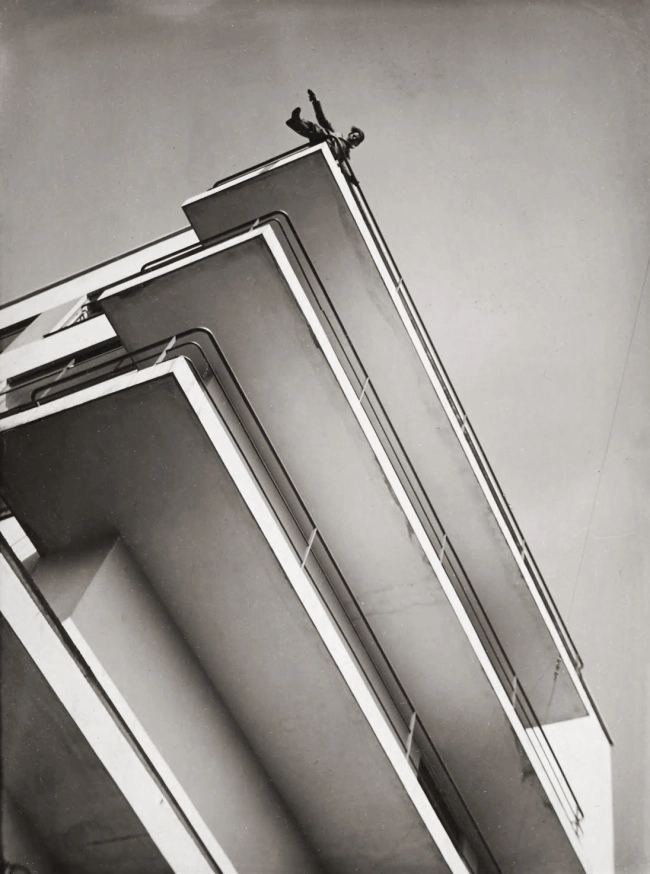
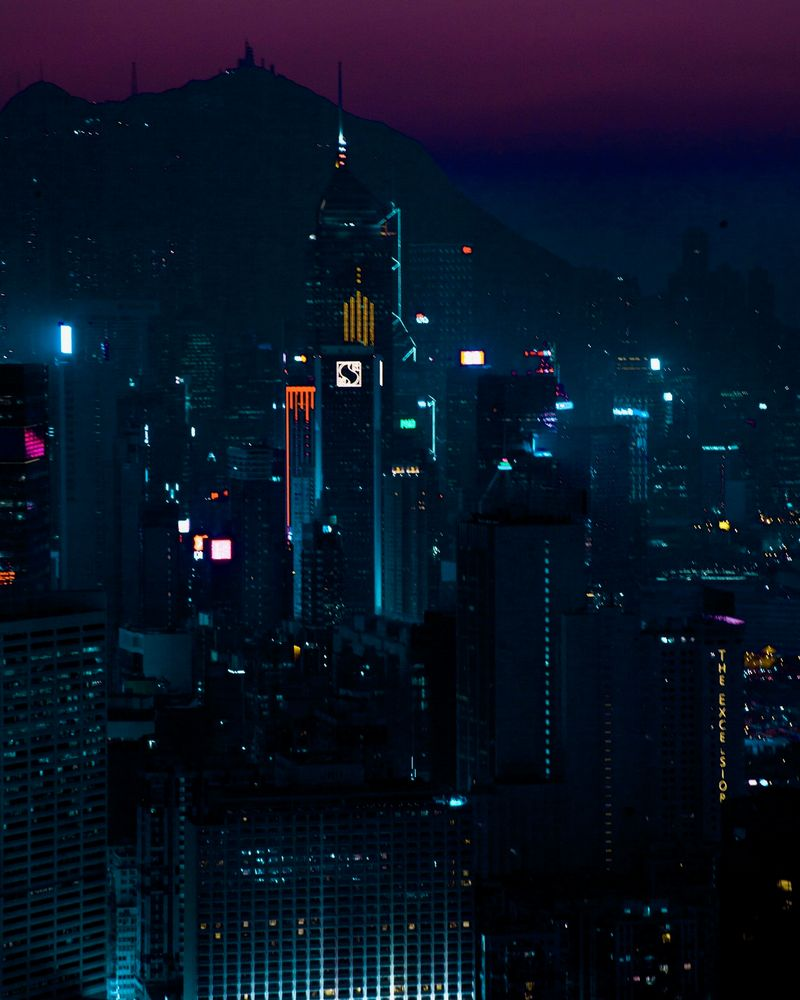
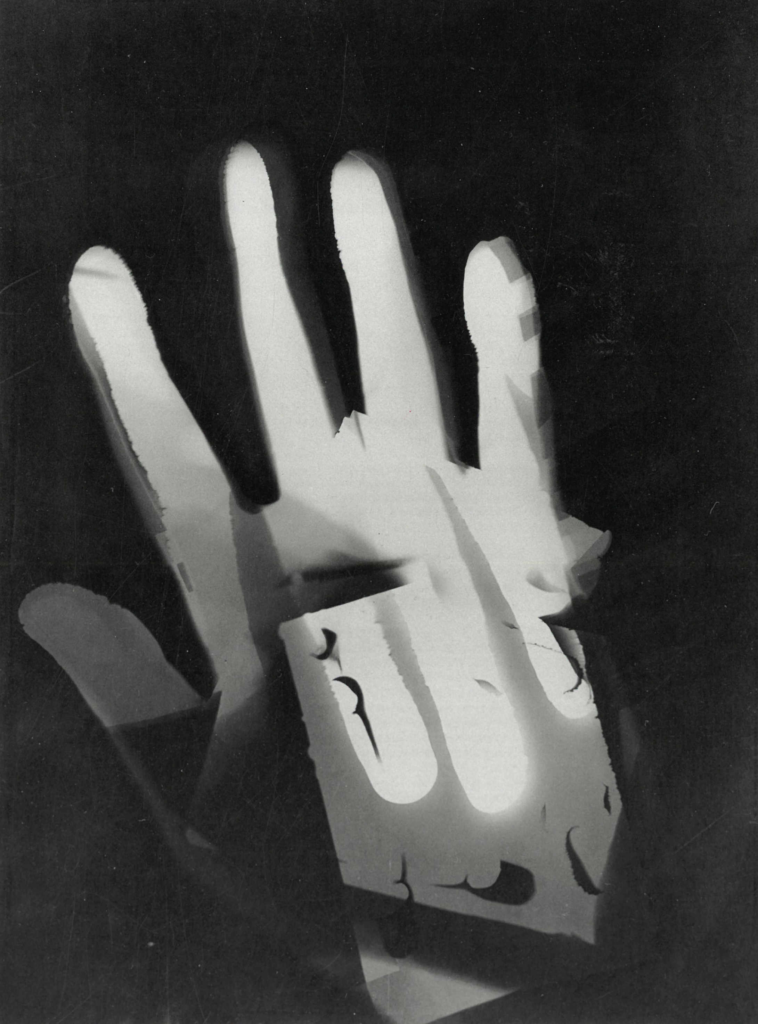
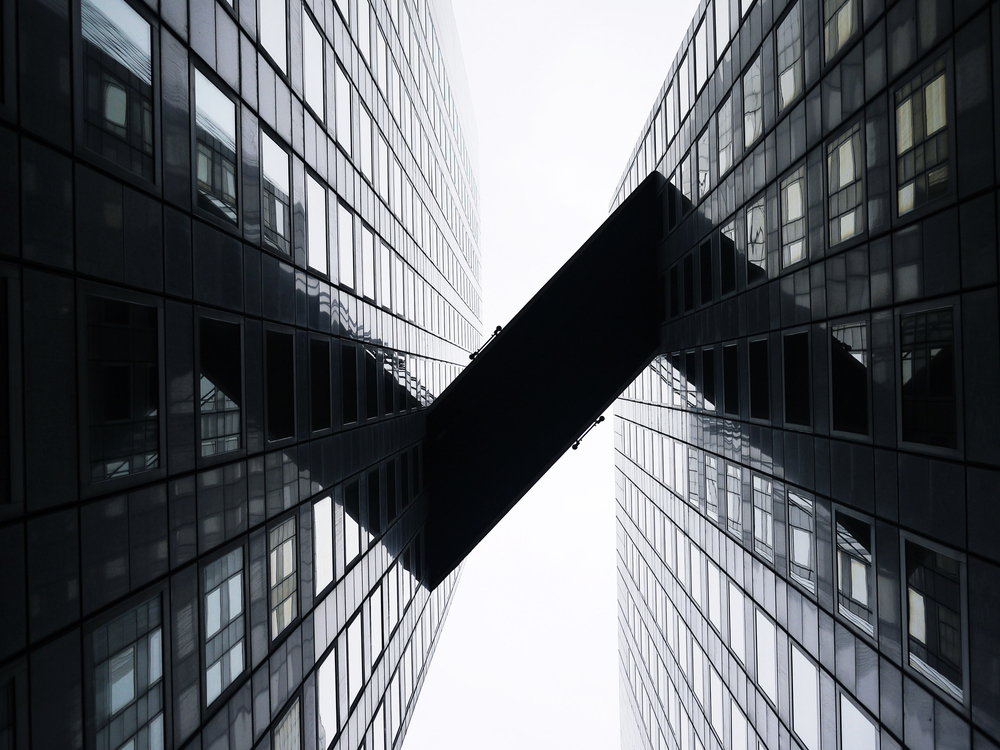
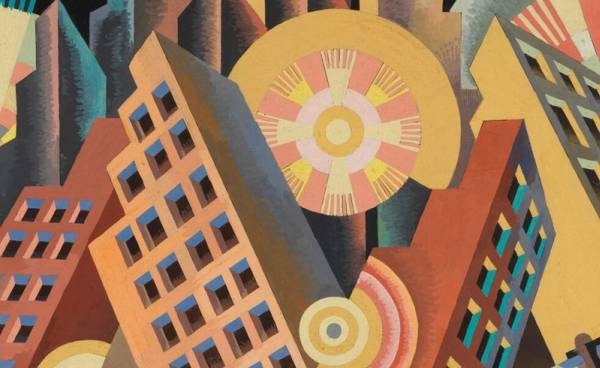
Statement of Intent
Union means joining together for a common interest. For my project I would like to take the ideas that unified artists in the movement of futurism (technology, growth and glorified modernity) and combine them with modern architecture, something that requires the culmination of many different people, talents and recourses. Compared to Jerseys high-rise cap, cities build massive sky-scrapers that sit above the skyline invading public space with logos and reminders. I was interested in this topic because in contrast to the island these cities feel dystopian and dangerous. I would like to photograph a variety of both offices and skyscrapers as well as smaller homes so I can edit them in ways reminiscent of Futurism/Vorticism. Messages I aim to portray are the dangers of the overpopulated cityscapes on the environment and privacy as well as the seeming sanitary white future seen in modern architecture.
In terms of artist references I am going to look into László Moholy-Nagy who was inspired by the integration of technology into the arts and Idris Khan who creates the appearance of dynamic via multi exposure, Lewis Bush and potentially even Michael Wolf. When experimenting with outcomes I would also like to create collages of buildings similar to a geometric futurism painting. I think collages are important for the outcomes because cityscapes are mashes of various buildings without much consideration for how they look next to one another, they’re all extremely loud in appearance. The final outcome will be final prints because I intend to experiment with edits as opposed to constructing a narrative. I might experiment with creating a small zine or a leaflet to show structures photographed like products which will line up with the photographs focusing on high-rise banks and offices as a product of capitalism.
I will start with some photographs of buildings (both houses and offices) and begin collaging them into 2 types of images:

This one will be made up of multiple buildings arranged together. this one will use a mixture of houses and offices set in black and white.

I also want to make an image that looks like this by use of collage also. I will make a megastructure out of multiple high-rise offices to create a tall structure like this one with a coloured background.
Statement of Intent
Write a Statement of Intent that clearly contextualise;
- What you want to explore?
My interpretation of Union is how two things are joined or connected together in a type of way, or in other words are united together which form a type of relationship. I am going to explore the theme union through relationships of two things such as a person within their environment or scenario that evokes a type of memory. I want to capture the connection created from this, as it creates something personal and meaningful expressing how it is united together. I want to capture this in a documenting way, showing moments that unfiltered and real.
Cubism relates to this closely, this idea of showing you things for what they truly are, not for what they look like – for example showing you moments through fragmented, disconnected pieces that are pieced back together, expresses how new connections are brought together through multiple perspectives and view points, forming a type of union as subjects are brought together and united. From emphasising the flatness of the picture surface by breaking down the pictures into geometric shapes, results in this fragmented look, which leads you to look deeper as the subject isn’t evidently clear. I want to explore the multi dimensional forms which alters your perspectives, showing you things from different angles revealing the inner life of a subject as its different from what we are used to seeing. This ultimately forms a new reality as you are shown thing in a new way/ perspective. My aim is to explore this through different realistic scenarios that are personal and carry a lot of meaning, for example for each photo shoot I am going to focus on one subject, which is a person (that has some type of relationship to myself eg. a family member or a friend). My focus is femininity and looking at how girls in particular are connected to what they do within their natural environment. For example looking at how they personally fit into society around them through their personal traits. I want to capture unique moments that personally connects to them but also connects and unites them to society – such as applying makeup, doing hair, reading, music…
I want to capture the photographs as clear as possible, showing the viewer a clear insight to someones personal life and how this unites people together. Linking back to Cubism, I want to show things for what they truly are expressing this through different perspectives. This is so that it connects with you in different ways, showing you things differently. I like this idea of taking a perfectly, composed image and distorting it – showing how it can be disconnected and broken up, then fitted back together and it being different yet the same. David Hockney perfectly presents this idea, and I am greatly inspired by his work. Hockney’s method involves piecing together a mosaic of photographs to form a cohesive image that challenges and transcends traditional perspectives. I like this idea of disconnecting / breaking images apart, then reconnecting them which forms a new perspective that challenges your feelings and thoughts towards the photograph.
slightly edting,
adjusting image,
realistic scenes ,
staged
At first when capturing the photographs, to then editing using different techniques such as merging, overlapping, blending, and joining.
Expressionism is ways that the inner world of emotion is expressed rather than external reality, which creates a subjective perspective.
- Why it matters to you?
From looking at connections between a person and their environment evokes this new type of reality, which is what i want to explore. This could be different compared to our life or perhaps relate to ours, forming this connection between the viewer and the subject. A person within their natural environment such as their bedroom displays union, as we are shown a personal and private connection. I want to compare this personal connection, to a more public place such as town, or the streets. Capturing people on benches, door arches, windows, to building walls. This creates this new reality as the subject is out of their personal environment which could evoke new emotions and poses which relate to how the person is feeling. Otherwise this displays union in a new way, that is different compared to a personal way.This matters to me because I want to explore the personal connections between people within their environment, as it creates this relatable concept showing you new realities.
- When and where you intend to begin your study?
My intentions are to photograph portraits of people displaying different emotion and poses, some which could be disturbing for the viewer while others are more softer and pleasing. I am going to capture people within their bedroom during specific moments as well as portraits , something which is personal to them. I then want to show how the subject is further connected by editing influenced by David Hockney.
Ernst Ludwig Kirchner
Born in 1880, Ernst Ludwig Kirchner studied architecture and painting. Kirchner produced art that drew in the subject matter from studio life with artists, friends and models to the streets and nightclub life of the city to the summer trips and beaches.
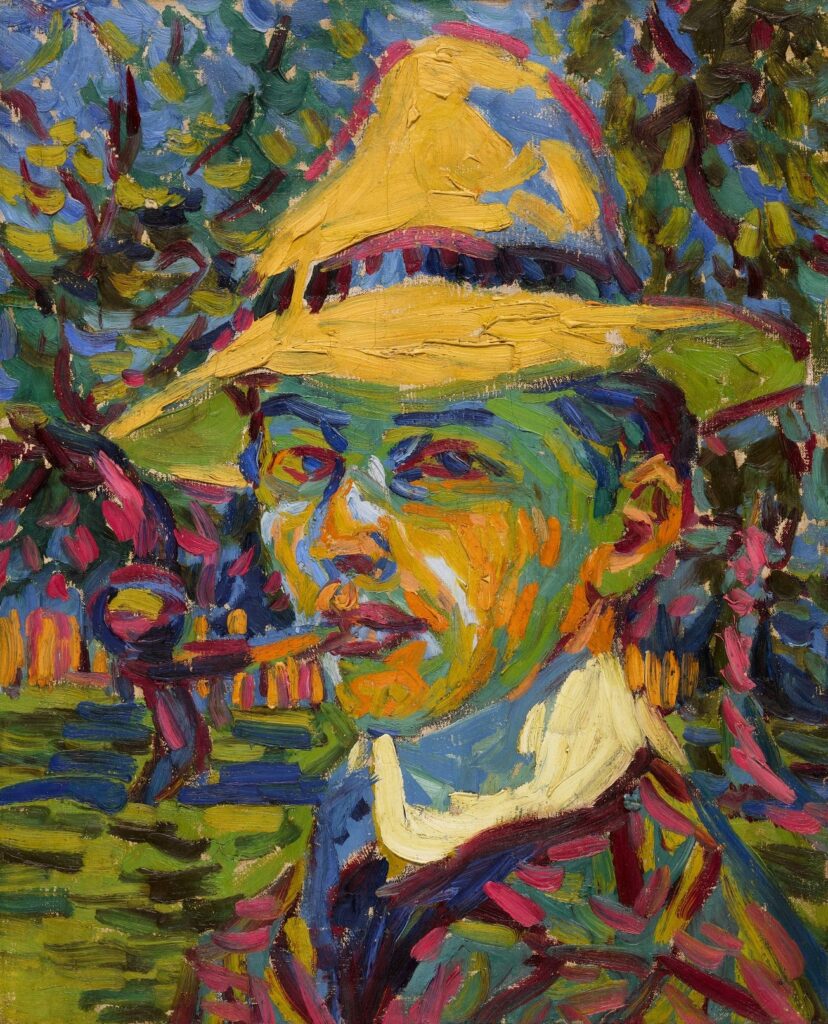
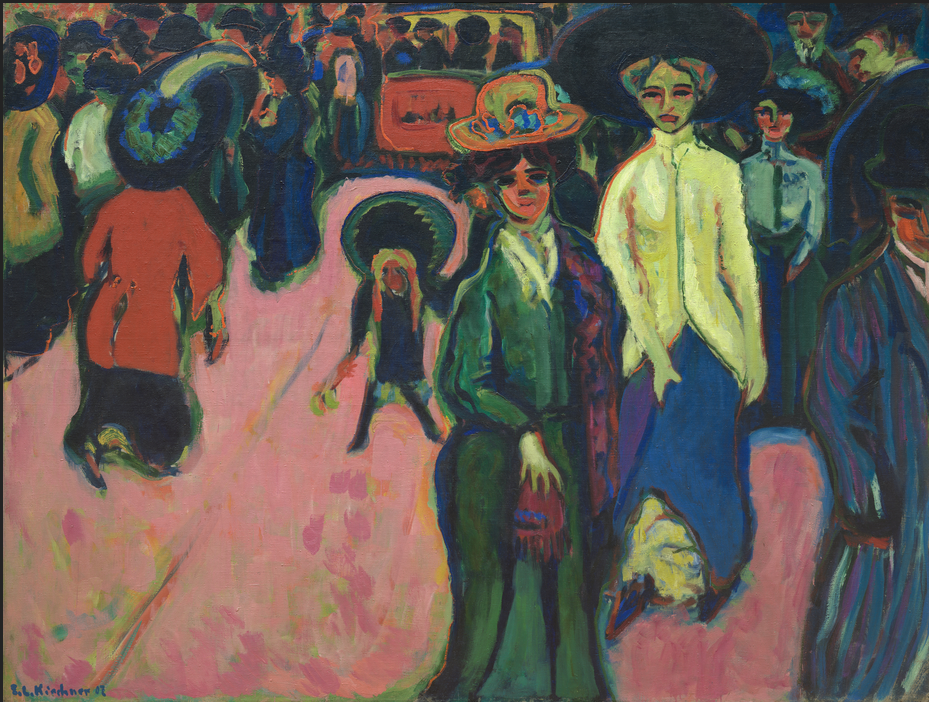
Ernst Ludwig Kirchner is a German painter and printmaker who was part of expressionist group of artists called ‘Die Brucke’ (‘The Bridge’). June 1905 Die Brucke group was established, also was recognised as the birth of expressionism. Four architecture students came together in Dresden to form the group; Ernist Ludwig Kirchner, Erich Heckel, Karl Schmidt-Rottluff and Fritz Bleyl. Without an prior artistic training they came together as a group and quickly became a huge art movement. Within this the artists produced a much more simplified or distorted form which complemented the unusually strong, unnatural colours that provoked an emotional response.
Expressionism meaning:
‘The artist or writer seeks to express the inner world of emotion rather than external reality.’
Die Brucke was German based – in Berlin, 1905-1913. The name indicates the influences on their work, with their art viewed as ‘the bridge’ between the past, present and future. The theme centered around social life – bourgeois lifestyle which means belonging to or characteristic of middle class which is perceived as having materialistic attitudes. We typically associate this with portraits and self portraits.
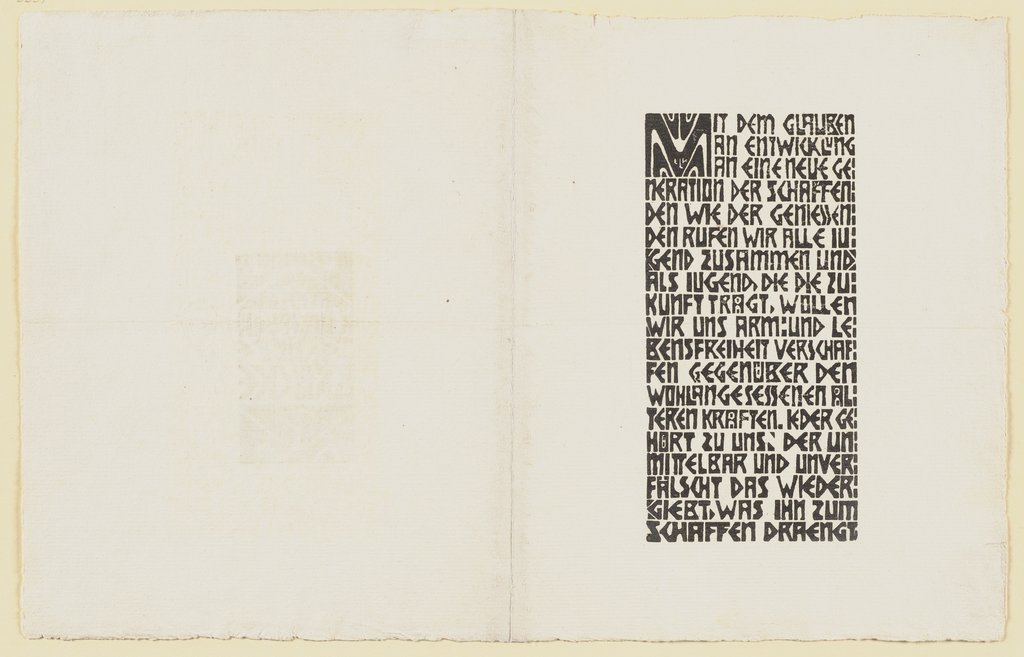
Above is the Groups first manifesto Tilted Program, Kirchner wrote ‘We call all young people together, and as young people, who carry the future in us, we want to wrest freedom for our actions and our lives from the older, comfortably established forces’. This explains how they were particularly drawn to the marginalised or lonely individuals on the fringes of urban society, with an aim of capturing tortured pain and anguish brought about by modern life. This idea of zoning into someone’s life, that surrounds them creates this type of new reality as we are shown an insight into someone’s life. Or otherwise expresses union as we are presented with a connection between two people.
The artists produced paintings, printmaking and sculpture, expressed through free brushwork of simple, heightened colour and jagged, elongated forms. Firstly influenced by post-impressionist painters such as Vincent Van Gogh to the vivid, colours and expressive techniques of French fauvists. However Die Brucke’s style was far more aggressive, meaningless (shown through life), and uncontrolling – this was expressed by the inharmonious colours, harsh, jagged outlines or deliberate crude or ugly forms. The movement began when European cities underwent periods of rapid development and urbanisation, resulting in the people feeling alienated and lost. Many of these artists were looking for an art that could express intense emotional responses which fitted into impressionist art collections. This is expressed through the distinct brushstrokes of colour which formulate the overall painting, creating this dramatic, expressive image.
Ultimately, Die Brucke artists intentions was to reveal the inner truth – which means revealing the inner soul of humans even if it was shocking, uncomfortable or confronting for the viewer. This particular theme was carried on throughout Kirchner’s work as we are presented with very emotional, figurative art work. The subjects are presented in ways that reveals a type of expressive emotion which is noticeable straight away as the upfront portraits of the subject reveals this dramatic emotion. Specifically the first three painting below, they give this sense of loneliness as each one gives us a new emotion. From a girl lying on a bed that looks tured and worn out, to a girl sat leaning away from her cat with empty and half drank bottles, to then a girl perched on a seat with someone standing in front. The frozen scene we are presented with, expresses a very realistic, unfiltered snapshot of someone’s life, as raw emotions are revealed which aren’t hidden away which perhaps creates this connection as we could relate. Bold pigmented, block colours are used which I think enhances the painting even further as it the scene is easily described to us, we don’t have to look for it. Otherwise shapes, patterns and lines are brought out through this which helps to clearly define each hidden shadow and feature in a simple form. I think this is a really interesting effect as not much is added to express detail and emotion, as we are presented this through very simple formations and compositions.
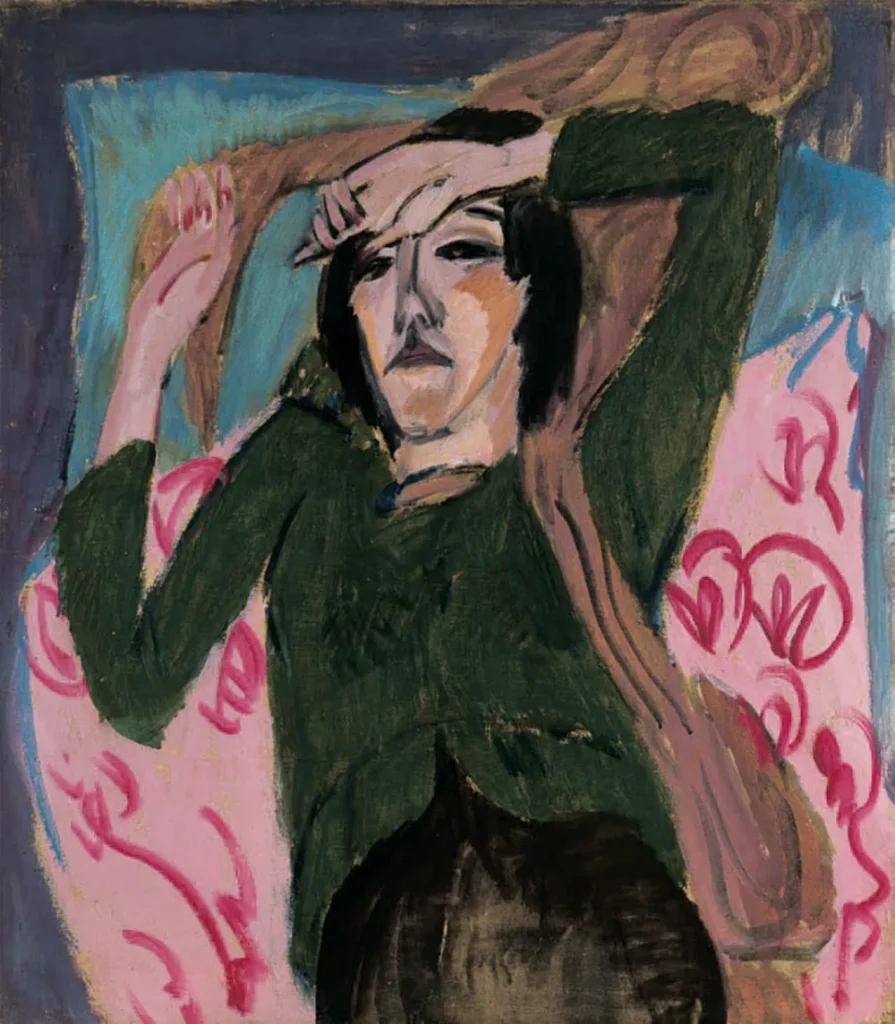
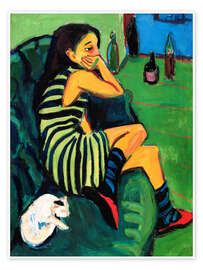
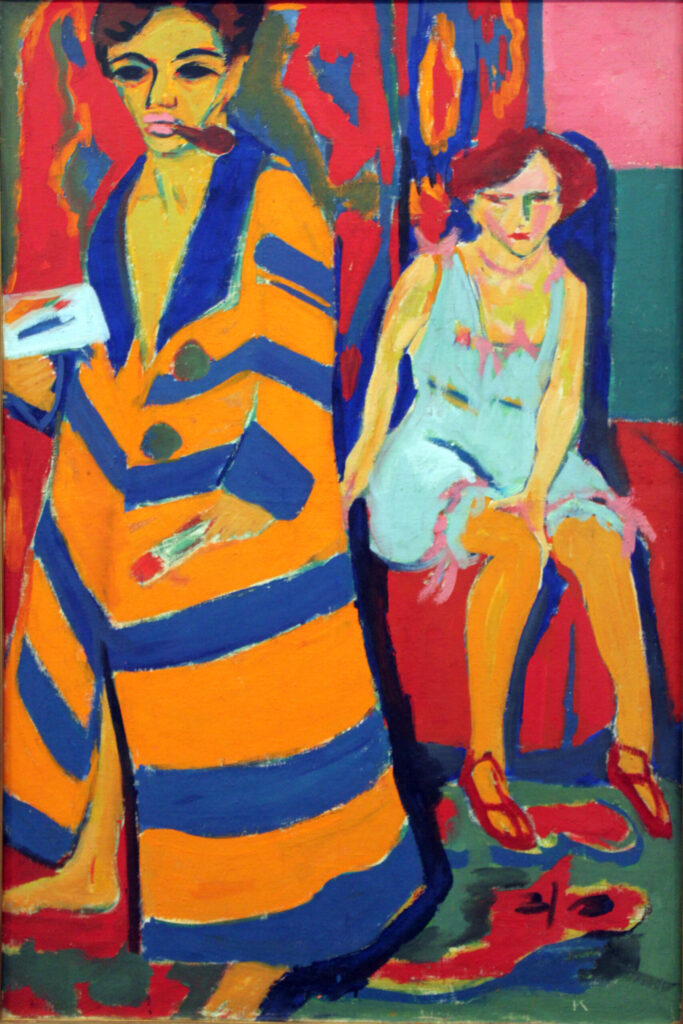

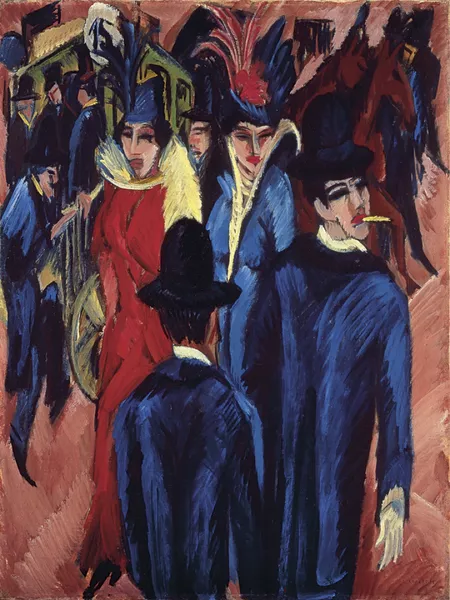
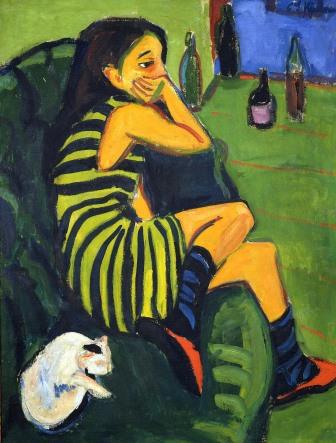
Artiste Marcella By Ernst Kirchner, made 1910
The photograph displays an upward diagonal line from the lower left to the upper right. From this angle we are brought to unusual perspectives that brings the observer to a position which is superior to the model. The high angle shot alters your perspective of the photo, as we are looking down onto the subject. This makes the subject appear smaller with the surroundings appearing more vast – meaning that what surrounds the subject is evidently more clear, shifting our view and attention onto the smaller objects that surrounds the subject, which communicates a relationship to the subject. The details within this widens our perspective as we wouldn’t typically notice this straight away as our attention is automatically drawn to the main subject of the person. However the composition is more softer to the eye, as there is a harmony of colour, marked by soft predominantly green colour fields, brought together by contrasting lines and patterns which give a contoured /broken up shadow effect.
The photograph is of a girl, lying on a sofa, with a cat to her lower right and open/ empty glass bottles to her upper left – where she is facing. She is displaying a worries or anxious emotion. This communicates something quite personal, as it is obvious she is going through something and the viewer is almost ‘invading’ her personal environment. I find this concept really interesting as we are presented with a view that is up close and personal, which reveals a slight insight to her life as we are shown a lot in her personal life. This style of environmental portraits is what I am going to further experiment with, as the the emotional concept formed by the person who is in their natural environment such as their bedroom creates unique and personal relationships and connections, otherwise uniting two things together forming a close relationship which could be one that we can relate with or one that we can’t.
Sources used:
https://www.posterlounge.ie/artists/ernst-ludwig-kirchner
Art Movements – Impressionism
“Impressionism is only direct sensation. All great painters were more or less Impressionists. It is mainly a question of instinct.”
What is Impressionism?
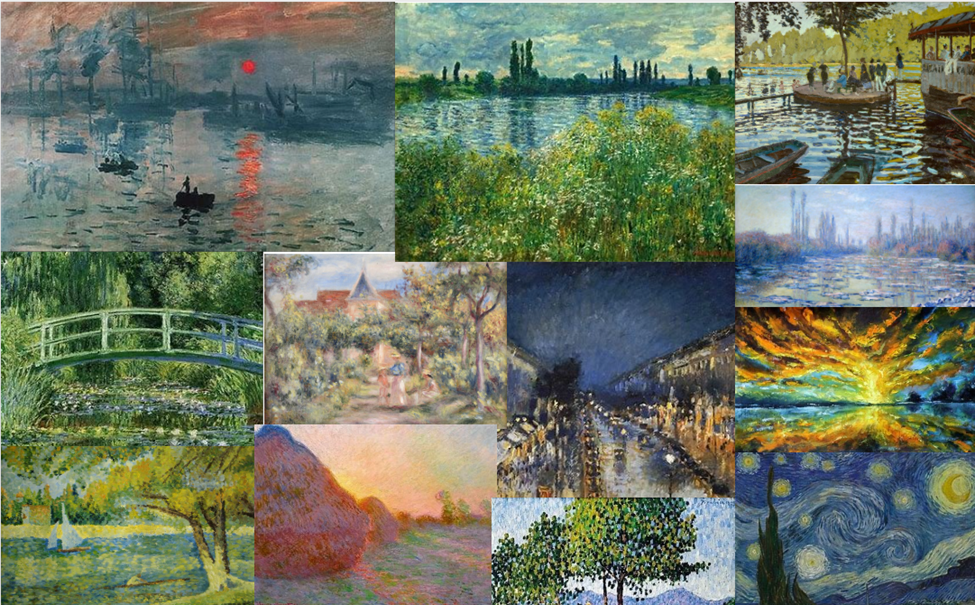
Impressionism is a 19th century art movement produced in France, notable by its visible brush strokes and emphasises light. A main characteristic of the work is the bright, colourful paintings normally of nature, like meadows in summer and wildflowers. The movement was considered revolutionary, new to the time period as it captured light, in a completely new way, focusing on its changing element and the colours it created. It began in the late 1860s when artists like Renoir and Monet began to paint landscapes and waterways, adjusting their colour pallet to light, sunny bright colours unlike the previous type of landscape pairing that used muted browns, greens and greys. Completely changing the style, for example in the shadows instead of using blacks and greys they used complementary colours to the rest of the painting, greens and yellows. Perfectly outlined scenes became blurred lines, creating a more abstract look to the style. Compositions became warped into bright, sunny blurs of beautiful landscapes (and further into the movement streets and railroads) completely changing the dark, gloomy landscape style that had been used for years before hand. The movement is also associated with philosophy, specifically the Avanade Garde movement. In simple terms, impressionism looks at the union of human perspective and light, how it changes what it really is.
Impressionism artists
Many of the artists were in their early 20s exploring new techniques, new ideas. Art studios were common practise at the time but as the movement progressed more artists took to painting outside looking at the scene they were capturing. In fact, multiple artists like, Gleyre closed their studios and took to moving to wherever their subject was. Théodore Rousseau was another artist who took inspiration from the Fontainebleau Forest, devoting himself to capturing the reality of the forest in real time, capturing even the mundane details. They were young and tried to capture the ‘impression’ a landscape or person left on them rather than an accurate depiction.
Technique
When it comes to actual technique, the impressionists used bigger brush strokes, less focused on precision and more on the colours. They also used much lighter colours than the previous art, bringing new bright yellows, pinks and greens as their main colours. In leu of having abandoned traditional art techniques they also refused the 3D style much loved by other artists instead wanting to focus on colour and light. Painting an ‘impression’ not a tangible thing. This did lead to many criticisms from other artists, ones with a more traditional manor of painting, saying the slightly abstract appearance was ‘seemingly amateurish quality’ and ‘unfinished in appearance’. Impressionism records the mid century shift in styles in Paris, deciding the new public enjoyment and scenes of the cafes.
Painting outdoors is not specific to Impressionism, but they were the main pioneers for the idea. Claude Monet, the most well known impressionist artist with soft colours, painting multiple times a day to catch different lights and damp paint layers upon damp paint layers to create a deeper abstract look. ‘Plein air’ became common within the impressionist movement, showing the new change in painting, encouraging emotional depth rather than technical prowess within painting.
Impressionism in use outside of painting
Impressionism isn’t just in the art world, it is used as a term through out the world. Music was another big industry with an impressionist movement, influenced by the change in visual arts. Writers like Émile Zola started to try and replicate the emotive, human perception rather than true to life realities of his scenes, similar to the painters. However, while influenced by impressionism the writing style became known as ‘Naturalism’ seeking to convey the emotions and appearance of the world to a certain individual.
Science was progressing in the start of the impressionist era, it was starting to understand that what the eye sees and what the brain understood it as, is different. Leading to the impressionists trying to capture what the eye sees, shapes, colours and more importantly light. This included changes in weather, (Claude Monet painted the same scene multiple times a day to capture the changes) light and colour. The art was not based on what the brain saw but what the eye saw.
Statement of intent
- What you want to explore?
- Why it matters to you?
- How you wish to develop your project?
- Which form you wish to present your study (photobook, film, prints etc)
- When and where you intend to begin your study?
For my project on the theme of Union I have decided to focus the relationships and interactions between people, in particular within family. Union can be defined as the action or state of being joined together, and for this project, I’m interpreting it as the connections between individuals that unite them. I thought using relationships for this theme works well as a connection between people whether its a couple, siblings or parent and child can be seen as powerful examples of unions, where the bond between individuals creates something deeply meaningful and unique.
In my photos, I aim to capture both candid, natural moments between people and a few staged shots in the studio. The central focus of my work will be the relationship between my friend and her younger brother, and I intend to highlight the strength of the sibling bond and the importance of this particular family connection. By focusing on family, I can show how these connections help shape an individual into who they are. I believe that the ties between family members (siblings in particular) are significant, as they represent lifelong friendships and deep, meaningful connections.
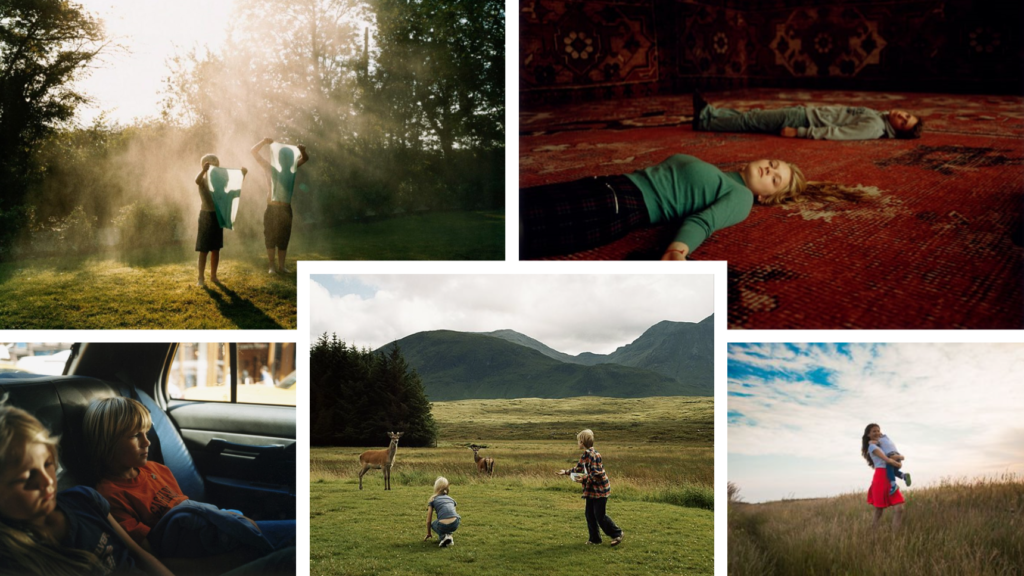
The artist I am wanting to focus on for this project is Emma Hardy who’s photography is known for taking a contemporary approach. she tends to try and create stories within her images using her children as the main subjects. She aims to bring across strong emotions in her images by getting her subject to express a certain emotion in the image of by the use of lighting (eg darker weather or time of day would create a different feel to a sunny day with bright light. Her photos consist of a mix of staged photographs and naturally occurring ones which I am also aiming to do. Hardy takes images of her children and showing the relationships between them she captures happy moments in their lives liking playing together in fields or on family road trips. she also explores the union between the subject and their relation with the environment around them.
I decided to focus my photoshoots on my friend and her brother as I think creating images representing an older sister and younger brother would create warming images especially when in the correct setting such as parks or good lit natural environments. I think this relationship is special as the image will be able to represent how much care the older sibling has for the younger and how much the younger one loves and looks up to their older sister. I also want to try and get images in their natural environments such as their family home so that there is even more connection within the image as the environment around them, toys in the background or household items that that hold personal connections which would enhance the unity of the image will represent a stringer connection such as possibly images on the walls. I would do a variation of different shoots where id involve close up shots o the two to make the main point of the image their expressions and moods in the moments (eg laughing together) and also further away shoots to capture certain activities they may be engaging in and showing how their union represents its self in a larger environment. (eg pushing a swing at a park). I would alter the lighting of the images so that it resonates with the mood of the two. for example if their is a conflict between them like usual siblings them I could change the warm lighting and aim for it to be more cold. As well as this using warmer lighting like the natural light of a sunset while they are playing in a park or field I would be able to capture the happy moments and the viewer of the image will be able to see that much clearer when the lighting of the image.
When editing/ presenting my images, I am planning on taking inspiration from David Hockney. The artist’s style ranges from collaged photography and opera posters to Cubist-inspired abstractions and paintings of the English countryside. He is renowned for his own takes on perspective and use of colour which make his work noticeable and very obviously belonging to him. David Hockney uses the artist movement of Cubism in his artwork and photography. Cubism is a movement that was originated by artists such as Pablo Picasso. It presents photos in unique and abstract ways by breaking objects down into geometric shapes. Cubism is able to show multiple perspectives where it is able to give many viewpoints to the photo giving the viewer an opportunity to interpret the images in the way they think is correct for them. I wanted to use cubism in my work to make my photographs more interesting and abstract. I’m planning on doing both edits on photoshop and also to make the cubism effect with the camera by taking many different photos of the same scene and then putting them all together. when doing a shoot like that I will have to do more portraited images as it would be difficult to conduct if the subjects were moving around a lot. For this shoot I want to conduct it in a indoor and person space (like their home).
UNION
noun: union; plural noun: unions; noun: the Union
- the action of joining together or the fact of being joined together, especially in a political context.“he was opposed to closer political or economic union with Europe”
Similar: unification uniting joining merging merger fusion fusing
- HISTORICAL the uniting of the English and Scottish crowns in 1603, of the English and Scottish parliaments in 1707, or of the parliaments of Great Britain and Ireland in 1801.
singular proper noun: Union - a state of harmony or agreement.
“they live in perfect union”
Similar: unity accord unison unanimity harmony concord agreement concurrence undividedness - a marriage.
“their union had not been blessed with children”
Similar: marriage wedding partnership pairing alliance match
2. a society or association formed by people with a common interest or purpose. “members of the Students’ Union”
Similar: association alliance league guild coalition consortium combine syndicate confederation federation confederacy partnership fraternity brotherhood sorority society club group organization trade union - a trade union. “the National Farmers’ Union”
- HISTORICAL a number of parishes consolidated for the purposes of administering the Poor Laws.
- BRITISH an association of independent Churches, especially Congregational or Baptist, for purposes of cooperation.
3. a political unit consisting of a number of states or provinces with the same central government. - the United States, especially from its founding by the original thirteen states in 1787–90 to the secession of the Confederate states in 1860–1.
- “California is the fastest growing state in the Union when it comes to urban encroachment”
The northern states of the United States which opposed the seceding Confederate states in the American Civil War.
singular proper noun: Federal Union; singular proper noun: the Federal Union - South Africa, especially before it became a republic in 1961.
BINARY OPPOSITION
Binary opposition – a pair of related terms or concepts that are opposite in meaning.
Binary opposition originated in Saussurean structuralist theory in Linquistics (scientific study of language) According to Ferdinand de Saussure, binary opposition is the system by which, in language and thought, two theoretical opposites are strictly defined and set off against one another. Using binary opposites can often be very helpful in generating ideas for a photographic project as it provides a framework – a set of boundaries to work within.
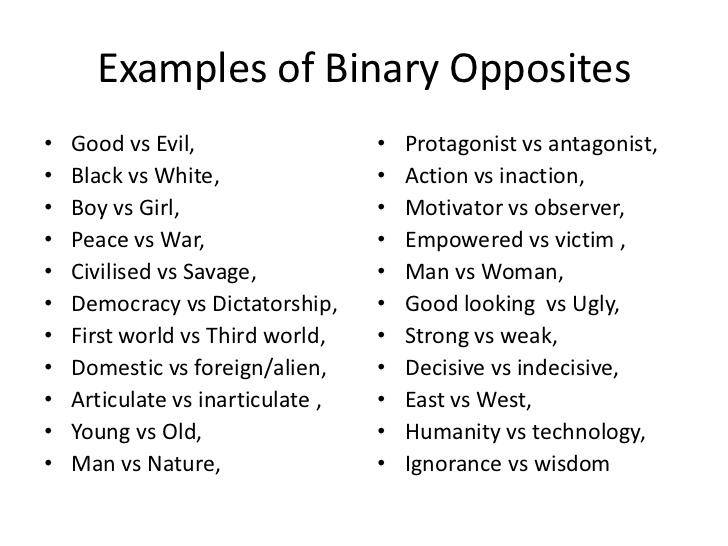
Union: Ideas, Mind map & Mood Board
What does union actually mean?
The word union has lots of meanings such as:
- Joining something together
- being in an agreement or harmony
- Coming together e.g a movement or a group
- Marriage
Mind map
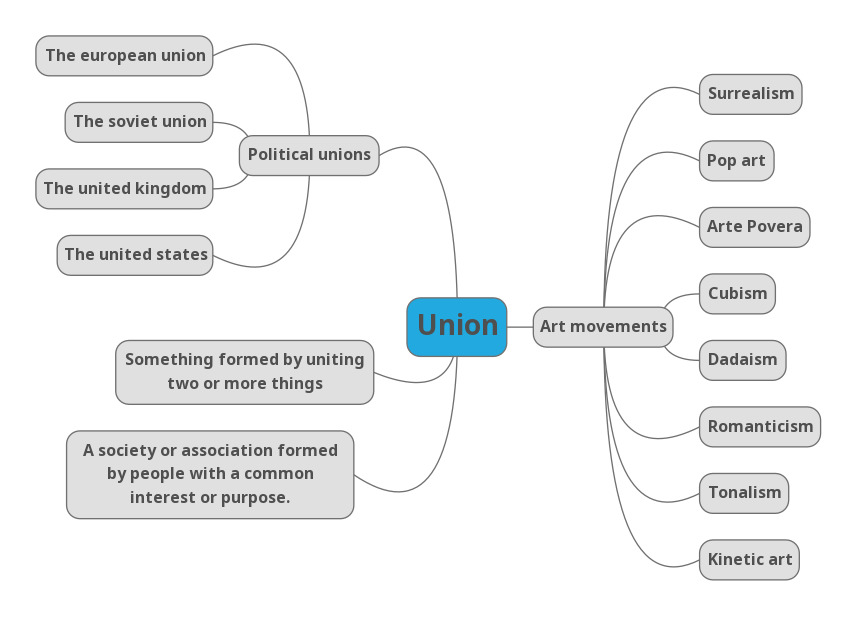
Mood board
below is a mood board with my thoughts and interoperations on Union

Deciding what to do
I want to follow an art movement for my project as an art movement is like a union of artists, writers, sculptures and photographers coming together to create a style/movement.
However I am finding it hard to choose one as there are a few I like, so I narrowed it down to my top three:
- Surrealism
- Romanticism
- Tonalism
Out of all of them I feel like choosing romanticism as we did it in year 12 with landscapes and I really enjoyed it because I really like landscapes and like to photograph them. Tonalism was a close second because I really like the overall aesthetic of it, however preferred romanticism a bit more. Surrealism looks fun but I feel like I won’t end up doing as well on it because it looks really complicated to do and I don’t think I have the right level of creativity for it at this moment in time.
David Hockney
David Hockney is an English painter, print-maker and photographer. He is considered one of the most influential artists in the 20th and 21st century as he was a huge part of the Pop Art movement in the 1960’s. Hockney was best know for his paintings of swimming pools and portraits of family and friends where most of which was made when he lived in California. His style ranges from painting, drawing and printmaking to video, photography and stage design. In 2004 Hockney returned to England, where he began living in Yorkshire. Quickly becoming fascinated by the Northern Countryside and seasonal change he created a series of landscape paintings which consisted of using different mediums such as charcoal, oil paint, water colour and digital sketches.
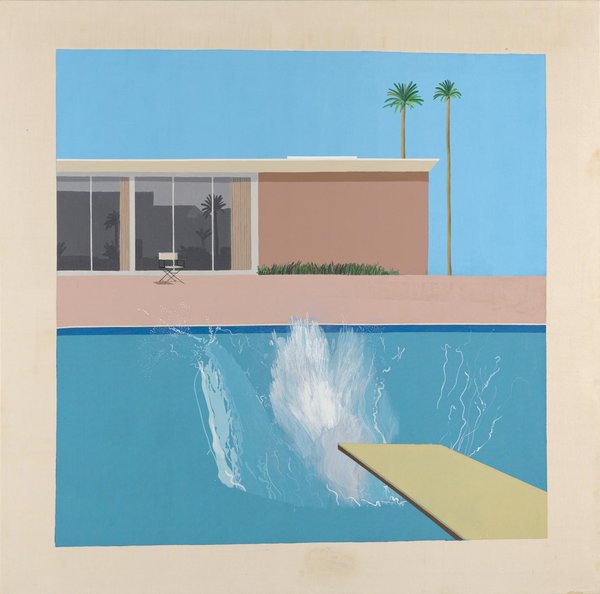
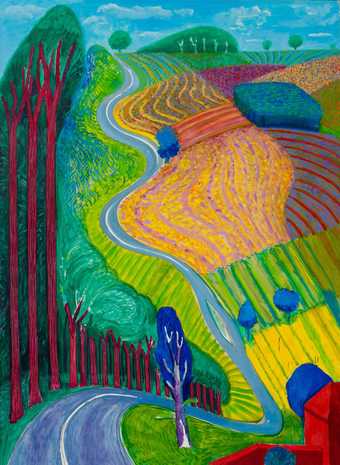
Hockney was greatly inspired by Vincent Van Gough – who was an Impressionist Painter, where he used similar techniques and styles. They were both greatly influenced by Nature, describing it to be like finding endless joy and inspiration.
Impressionism
Developed in France during 19th century, an ‘on the spot’ style was created. Subjects included everyday life and landscapes. It wasn’t a depiction of real life, instead it was an ‘impression’ of what the person, light, atmosphere, object or landscape looked like to them.
‘Endless subjects are found in nature,’
~David Hockney
In photogrpahy you arent really looking comapred to painting
Painting allowed Hockney to express strokes of colour which were highlights and shapes that go unnoticed. This idea when you paint one stroke your looking and noticing the other stokes of colours, meaning that you are always seeing more which creates this ‘exiting feel’ stated by Hockney.
Photography – Joiners
During the early 80’s Hockney began experimenting a new technique called photo joiners, which created a new way of visualising photographs. With his interest in optics, which was a scientific study of light, – transmission and deflection, he expressed this further in this technique, experimenting with familiar subjects family, friends, landscapes and interiors. The images create different yet engaging compositions which never fail to draw you in. This method is like a mosaic pattern, piecing together the photograph to form a cohesive, whole image. This reveals various perspectives of the photograph. The fragmented pieces alters you perspective of the subject, ‘Hockney’s joiners disrupt conventional viewpoints, inviting a different exploration into the intricacies of perception and representation.’ This idea that each photograph represented something different, firstly from its unique name to the expressive, broken up layout, which perhaps represents the narrative of photograph. Having explored different types of layouts, it closley reminded me of piecing a puzzle together, where you have the missing pieces which could be the most important or the least important.
Hockney’s Visual style greatly interests me as it opens up your interpretation of his work meaning that it can be percived differently for different people. For some layouts I noticed some pieces were missing, or arranged in a particular which was how Hockney wanted you to see the image, which perhaps reflected the story in the image. This unusual yet very attractive style is what I want to experiment with further – This idea of missing parts that are fragmented/ slightly edited and adjusted that don’t fit perfectly together, opens up your interpretation of what the message or narrative is truly telling you:
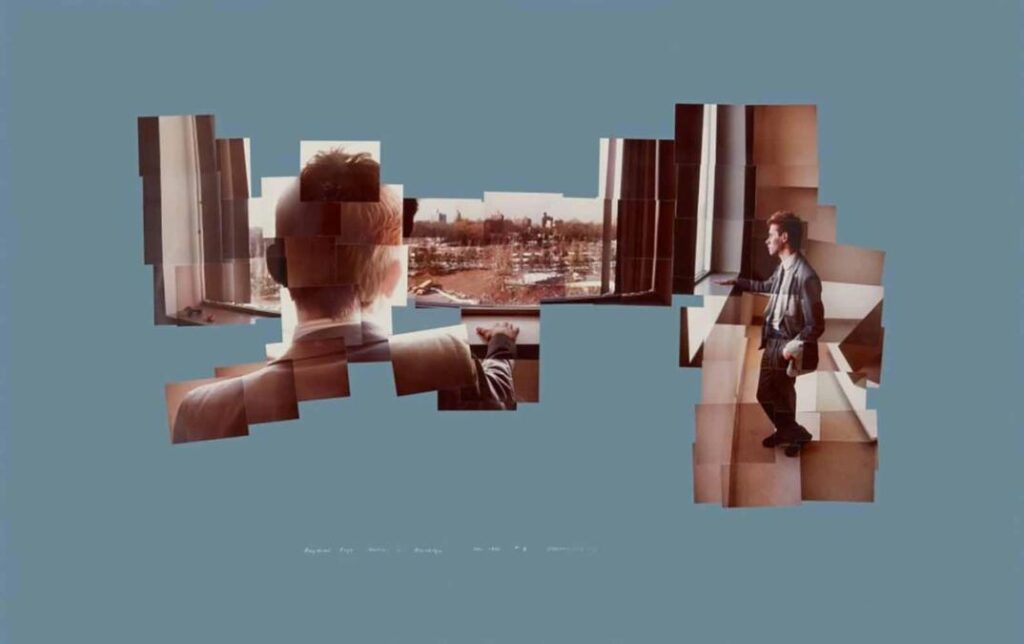
Raymond Foye Looking At Brooklyn David Hockney
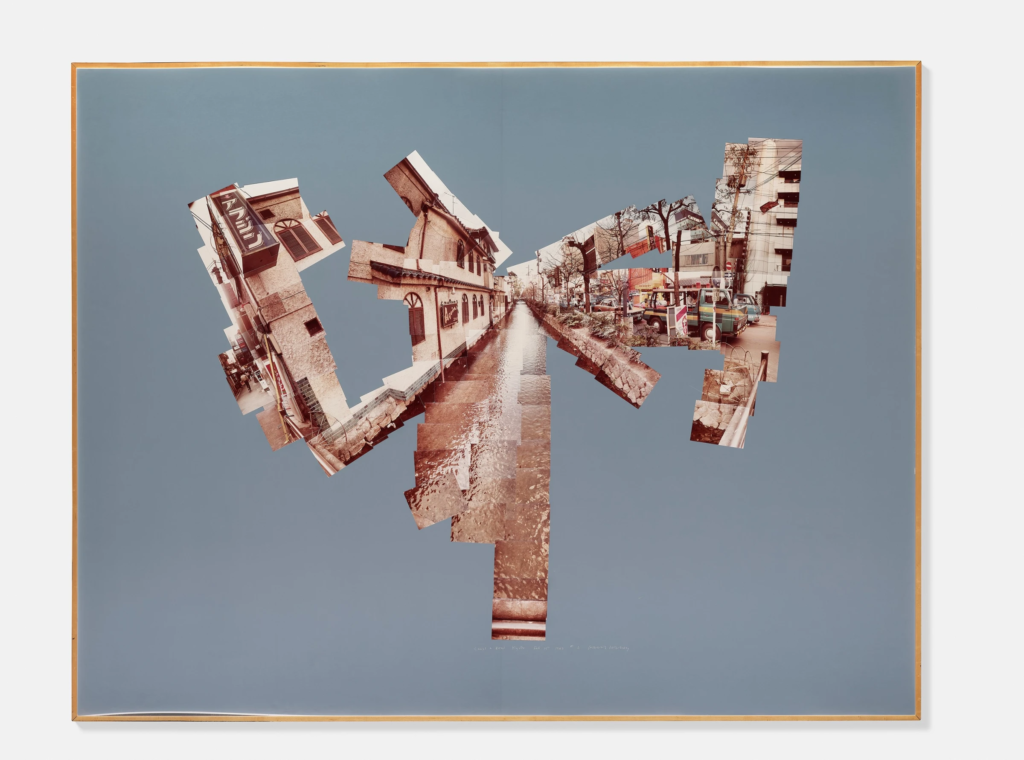
Canal And Road, Kyoto David Hockney
At the early stages of Hockney’s joiners during 1980, he was dissatisfied by the current photographs presented to him, expressing them to be limited and confined to a single perspective. From this, Hockney was inspired to experiment with new ways of capturing the importance of ‘time’ and space’ in a way that closely reflected human vision and experience.
Hockney’s joiners transitioned through various styles from moments of people within environments to landscapes. However the landscapes reveal much more as they express a type of reality that is unknown or perhaps aren’t used to.
Inspirations for the Joiners:
Hockney’s Initial inspirations came from the way we perceive the world around us – not a frozen, single moment but as a complex, amalgamation of views, perspectives and moments. Hockney thought a typical photograph only expressed a limited, static view of a subject, which is what lead to Hockney’s joiners style as this represented multiple perceptions of the way we see things. This expresses the theme of union differently to what we would normally perceive it to be. A new way in which the photograph is distorted and fragmented, broken up into pieces that are never the same as before which show how they unite back together as neither is the same.
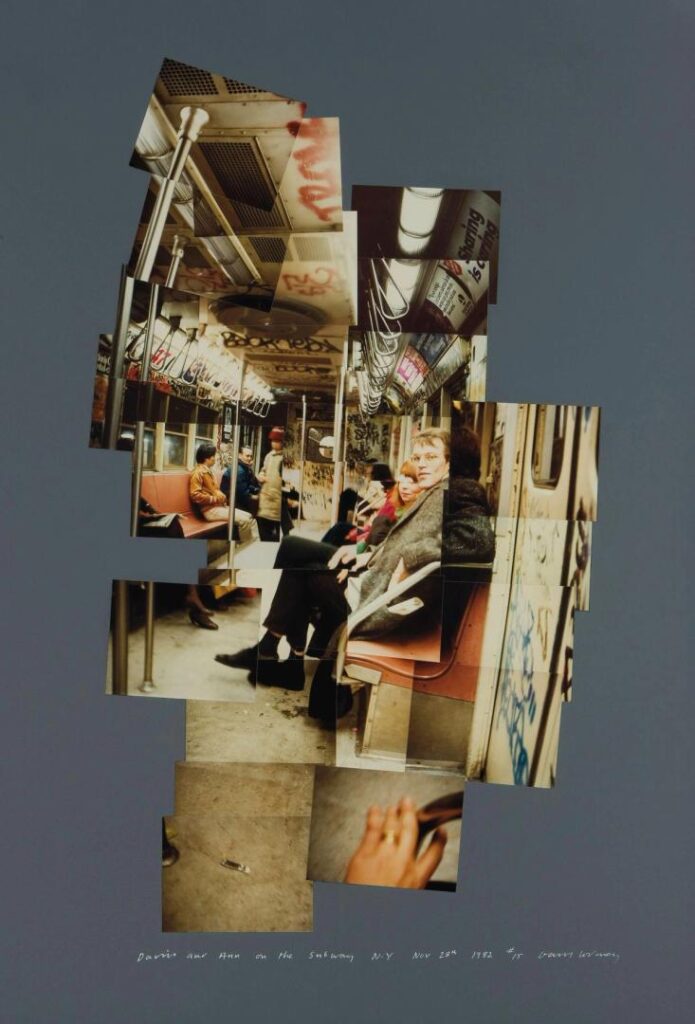
David and Anne on the Subway, N.Y. Nov 28
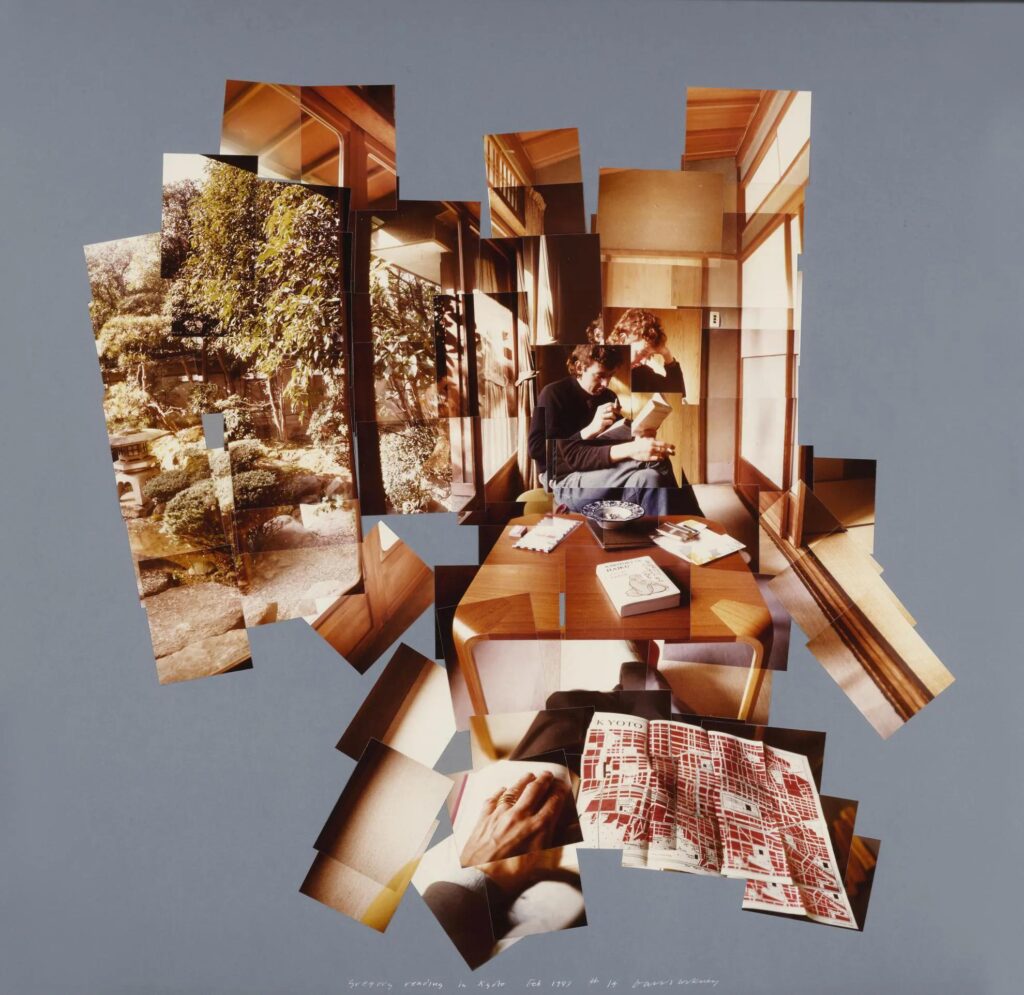
Gregory Reading In Kyoto
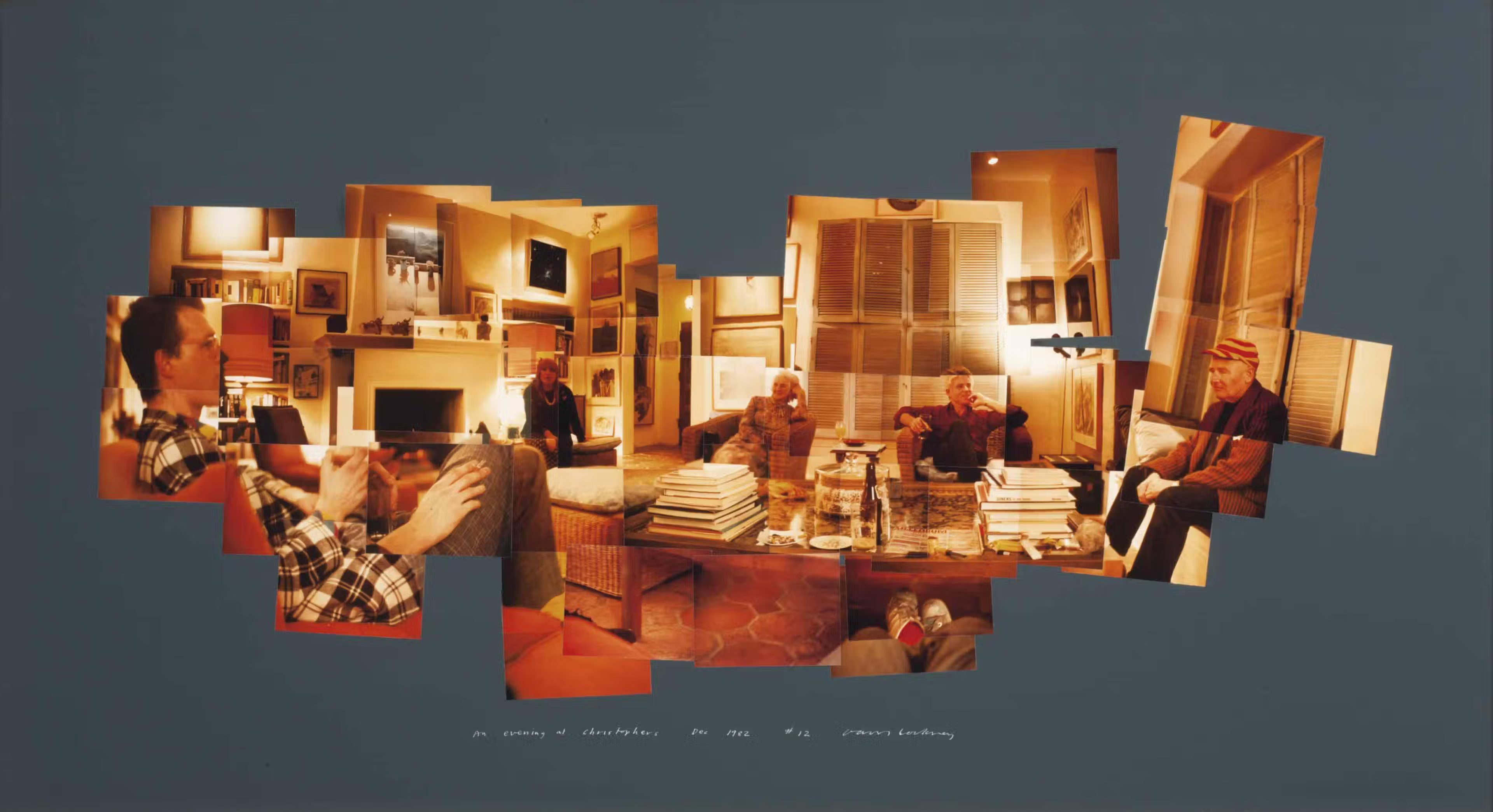
This process involved Hockney taking numerous photographs from different angles and perspectives, each focusing on various details of the scene. Then piecing them together like a jigsaw puzzle but without intending to blend them back into a traditional/ original photograph. This creates an interesting, in-depth feature as the photo is broken up creating a fragmented, distorted look, but is pieced back together – expressing imperfection. Hockney embraces this imperfection, through the overlapping and disjointed edges of images which shifts your perspective and scale. This method highlights, giving contrast between time and viewpoint all within the same space, which changes your perspective, making you see the subject in a new way.
Composition. Colour. Perspective.
Composition, colour and perspective are three very important elements of Hockney’s photographic joiners. Each one expressed a different type of movement, whether that is visually or how we perceive a feature. These features are what guides the viewers eye through the image expressing narrative and movement. I like how it isn’t obvious what the subject is, instead your eyes are gradually lead to it through the fragmented, imperfect pieces.
The pieces create a non- linear sequence meaning that the placement of each image isn’t ordered in straight lines, instead it is disjointed and broken lines- which reflects they way our eyes move across the scene, rather than from a single glance.
Colour harmonises the overall composition or draws attention to specific areas- which is used to create mood, depth, and emphasis.
Perspective is the most dramatic change expressed throughout the photo, as your eyes are constantly changing with the direction, the images are distorted. Photographs are taken from multiple viewpoints, then re-constructed expressing multifaced and angled images which is different traditional and Hockney’s original single-viewpoint images. Therefore this offers a more holistic and immersive experience of space and time.
Non- linear Narratives
‘I was always aware that cameras do push you away, I was trying to pull you in.’
~ David Hockney
Hockney’s style became quickly influenced by Cubism. This idea that multiple perspectives are brought together, overall producing this a-symmetrical imperfect photograph. Whilst this also produces a narrative through a non-linear sequence. The movement that is produced through expressed the scene.
https://www.myartbroker.com/artist-david-hockney/articles/exploring-david-hockneys-joiners

Visual
The photogrpah is shot in a subway car, so it is underground meaning the only light source is coming from light in the tube and lights on phones. This creates a warm effect as the light is reflecting off the warmer tones of what people are wearing, signage/graffiti, seats and walls. This then leaves the dark tones to form shadows and contrast, as it blends into the background which leads us down the train – into the distance – the middle of the photo.
The contrasting features creates texture, as the uneven forms of patterns lines and shapes are expressed.
Contextual
David and Anne on the subway depicts the inside of one of New York’s iconic subway cars. Hockney mimics the spherical perspective of the human eye, layering the photographs over one another, which creates an in-depth view of the passengers and details of the train Hockney is traveling in. His reference photographs used for his early painting work, frustrated him, as they didn’t present life in the way a drawing or painting did. So Hockney moved from the ‘static,’ ‘lifeless’ and ‘frozen moments,’ brought from single viewpoints, to piecing them together which produce multiple perspectives. This is effective because the disjointed, un-smooth, overlapping pieces mimic’s the train rattling through the tunnels, and the abrupt swaying of those within it. I find this feature really effective – as it enhances the visual aspects of the photograph, creating unique movement and bringing a unique form of depth,- this is expressed through the same way for the actual image. As the photo of the image isn’t obvious straight away as we are initially distracted by the fragmented, disjointed yet reconnected parts that are pieced back together.
The vibrant yet warm tones of colour are enhanced and brought to life through the overlapping as new compositions, shapes, patterns, lines and texture is revealed, creating unique leading lines. This itself creates a much more interesting image, as new features are being revealed all the time showing off different effects. Upon this, shadows are emphasised from the subjects as well as the surroundings – the invisible details within the train such as the edges, backgrounds, textures of patterns and signs/ symbols. So through this effect of joiners the disjointed images moves the shadow around, breaking it up, and forming new shadows in places. This connects us in different ways which draws us in creating depth as the leading lines created from this leads you in closer.
https://www.myartbroker.com/artist-david-hockney/collection-photo-collages
Photo-shoot ideas
Emotions:
Show how each person is different, expressed through their behavior, characteristics and features. This could be how they dress, their style, presentation compared to their social interactions with one another.
Explore the features or moments that make people unique. How they express themselves through their emotions shown through bold make up and expressions being captured by a camera. This will reveal this unfiltered, imperfect look that people express showing you their true reality. Then how people are brought together again socially.
Create Montages of of people, posing in different ways then merging them together which will create this montage of emotions that reflect their reality.
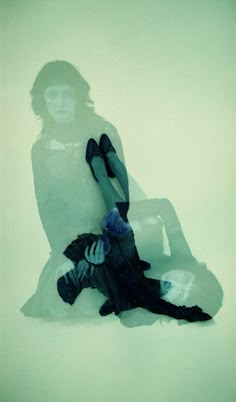
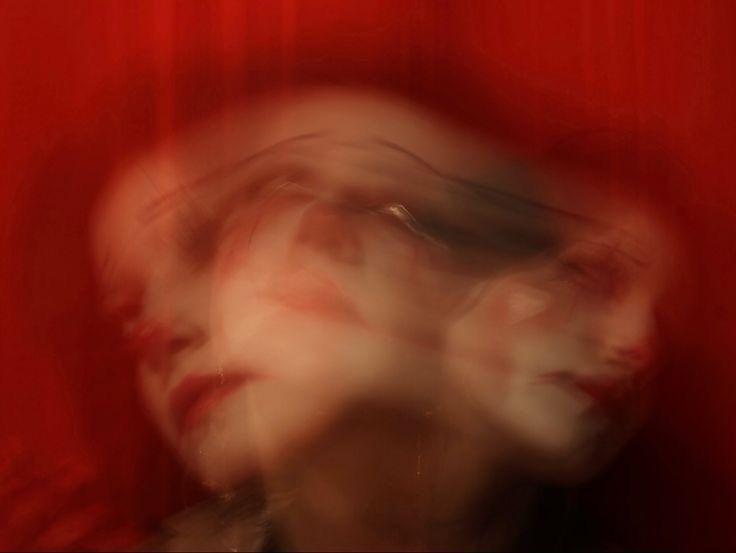
People and their Place:
Capture two photos then edit them together- placing on top of each other. This shows the unique relationship someone has with their environment as two sides of their life is revealed. This shows union as they unite and connect together through different sides of their life for example; a hobby, memory, particular place, or a relationship with another person.
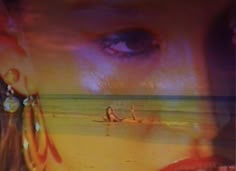
Streets alone to nights out:
Looking at the environment within the streets and people social interactions their behaviours – perhaps expressed through their emotions and feelings to the streets for example graffiti / street art. Looking at street wear, styles of people, how they dress to then their behaviours and characteristics. Documenting the process / leading up to the streets at night, like getting ready, makeup, to the night out – social interactions and how people are united.
